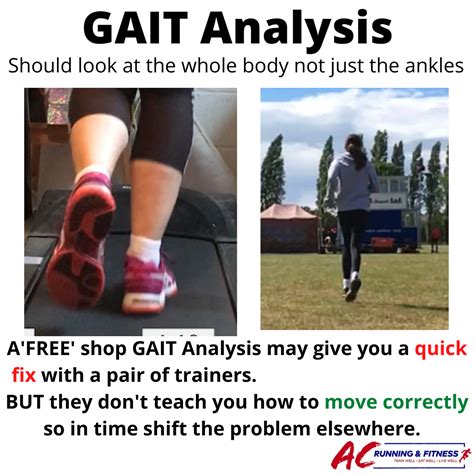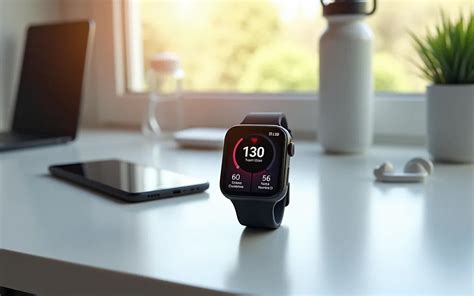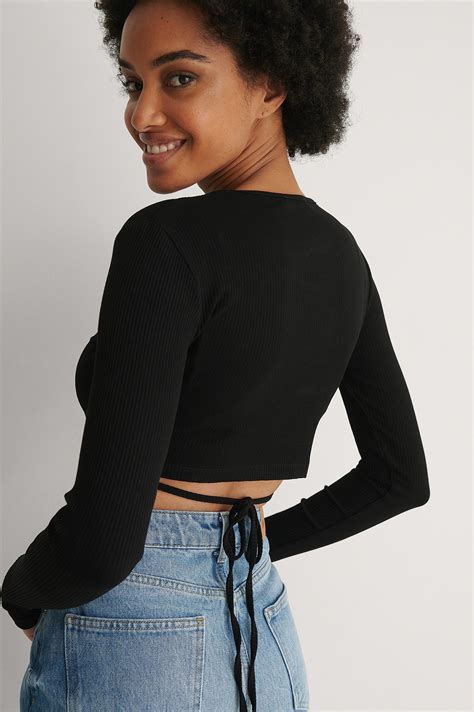Understanding the Demands of Daily 5Ks
Running a 5K every day places significant stress on the body, especially the feet, ankles, knees, and hips. For men engaging in this routine, injury prevention isn’t just a recommendation; it’s a necessity for long-term consistency and health. The right running shoes act as the primary line of defense, absorbing impact, guiding foot motion, and providing comfort over hundreds of miles a year.
When you’re logging daily distances, even relatively short ones, the cumulative effect can lead to overuse injuries like shin splints, plantar fasciitis, runner’s knee, or Achilles tendinitis. The goal is to find shoes that complement your unique biomechanics while offering adequate support and cushioning to withstand repetitive impact.

Key Features for Injury Prevention
Cushioning: Not Just About Softness
While a soft landing feels good, effective cushioning isn’t just about plushness; it’s about energy absorption and responsiveness. For daily 5Ks, you need a balanced amount of cushioning that can handle daily impact without being so soft that it compromises stability or makes the shoe feel sluggish. Look for shoes with resilient foams that retain their properties over time.
- Moderate to High Cushioning: Provides sufficient shock absorption for daily mileage.
- Durable Midsole Materials: Ensures the cushioning lasts for the shoe’s lifespan.
Stability vs. Neutral: Knowing Your Foot Strike
This is arguably the most critical factor. Your pronation pattern (how your foot rolls inward during your stride) dictates whether you need a neutral or stability shoe.
- Neutral Shoes: Best for runners with a neutral pronation or supination (underpronation), offering cushioning without significant motion control features.
- Stability Shoes: Ideal for runners who overpronate (foot rolls excessively inward). These shoes incorporate features like medial posts, guide rails, or firmer foams on the arch side to prevent excessive inward rolling.
Getting a gait analysis at a specialized running store is highly recommended to determine your pronation pattern accurately.

Fit and Comfort: The Ultimate Test
No matter the technology, if a shoe doesn’t fit well or feel comfortable, it’s not the right shoe for you. An ill-fitting shoe can cause blisters, bunions, black toenails, and alter your natural gait, leading to injuries.
- Toe Box: Ensure ample room for your toes to splay naturally.
- Midfoot: The shoe should feel secure but not constrictive.
- Heel: A snug fit that prevents slipping but doesn’t dig into your Achilles.
- Try Them On: Always try shoes on at the end of the day when your feet are slightly swollen, and preferably run a short distance in them if possible.

Other Important Considerations
Heel-to-Toe Drop
The heel-to-toe drop (or simply ‘drop’) is the height difference between the heel and forefoot of the shoe. A higher drop (10-12mm) typically puts more stress on the knees and hips, while a lower drop (0-6mm) shifts more stress to the Achilles and calves. For daily running, many find a moderate drop (4-8mm) to be a good balance, but personal preference and prior injury history play a significant role.
Shoe Rotation
Consider having two or more pairs of shoes in rotation. This allows the cushioning foam to decompress and recover between runs, extending the life of each pair. It also exposes your feet to slightly different biomechanical stresses, which can build resilience and prevent overuse injuries caused by repetitive motion in the exact same shoe every day.

When to Replace Your Shoes
For daily 5K runners, shoes typically last between 300-500 miles. However, this can vary based on your weight, running form, and the shoe’s construction. Look for signs of wear such as flattened cushioning, worn outsoles, or new aches and pains that appear during or after your runs. Replacing shoes proactively is a far better injury prevention strategy than waiting until they’re completely worn out.

Conclusion
For men running daily 5Ks, preventing injury starts with choosing the right running shoes. Focus on finding a shoe that matches your pronation, offers adequate and resilient cushioning, fits comfortably, and complements your natural gait. Don’t hesitate to seek expert advice at a specialized running store, and remember that rotating shoes and replacing them regularly are key components of a sustainable daily running routine.




